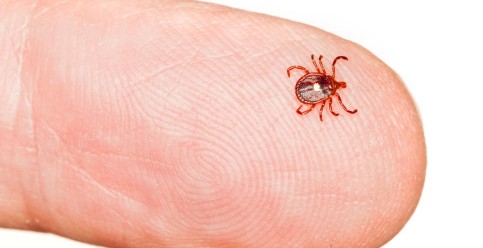Influenza 101: This year’s flu and the next big concern
It has been widely reported that this year’s flu vaccine is very ineffective. In fact, the CDC has now reported the vaccine effectiveness to be a dismal 18%. The reason for this is that the main virus that has been circulating, H3N2, is not included in this year’s vaccine. A universal vaccine is currently in clinical trials, but its effectiveness and release are currently unknown.
In review, there are three types of influenza or “flu” that affect humans (Type A, B, C). As we all know, the flu can cause symptoms that range from mild to severe including fever, sore throat, muscle pains, coughing, headaches, nausea, vomiting and lethargy. Type A influenza has been known to be associated with the worst outbreaks and cause the most severe disease. Wild birds are the natural host for this type of flu. While similar to the influenza virus, the avian form of influenza is from a different subspecies. All influenza that has occurred in birds is from the Type A subspecies. The avian flu has historically been lethal and has caused many deaths worldwide.
The ‘H’ in H3N2 refers to hemagglutin which is a glycoprotein that binds the virus to the host cell. ‘N’ refers to neuraminidase which is an enzyme found on the surface of the influenza virus that enables the virus to be released from the host cell. The numbers that accompany H and N refer to subtypes of the virus.
There have been several strains that have been associated with pandemics. H1N1, H2N2 and H3N2 subtypes were avian based. Newer subtypes of H1N1 include the swine flu.
In 2013, the emergence of H7N9 in China has raised concern for another worldwide pandemic. H7N9 is an avian based subtype but it has been reported that transmission from person to person may have occurred. There is a much larger mortality rate associated with H7N9 than with other subtypes. In fact, nearly one third of those infected during a 2013 outbreak died from complications associated with the disease. Some infectious disease specialists and researchers have laid claim that N7N9 could cause a worldwide pandemic, similar to the last one seen in 1918 which caused over 100 million deaths.
The first case of H7N9 in North America was reported earlier this year. A Canadian citizen tested positive for the disease upon returning home from Hong Kong in late January.
The underlying source for H7N9 appears to be from infected chickens that has spread rapidly among several provinces in China. There has been very limited reports of human to human transmission. The World Health Organization (WHO) is calling H7N9 one of the most lethal viruses seen. A vaccine is currently in clinical trials.
References:
http://www.cdc.gov/flu/avianflu/h7n9-virus.htm
http://www.scmp.com/news/world/article/1693111/vancouver-woman-diagnosed-h7n9-bird-flu-after-flight-hong-kong






